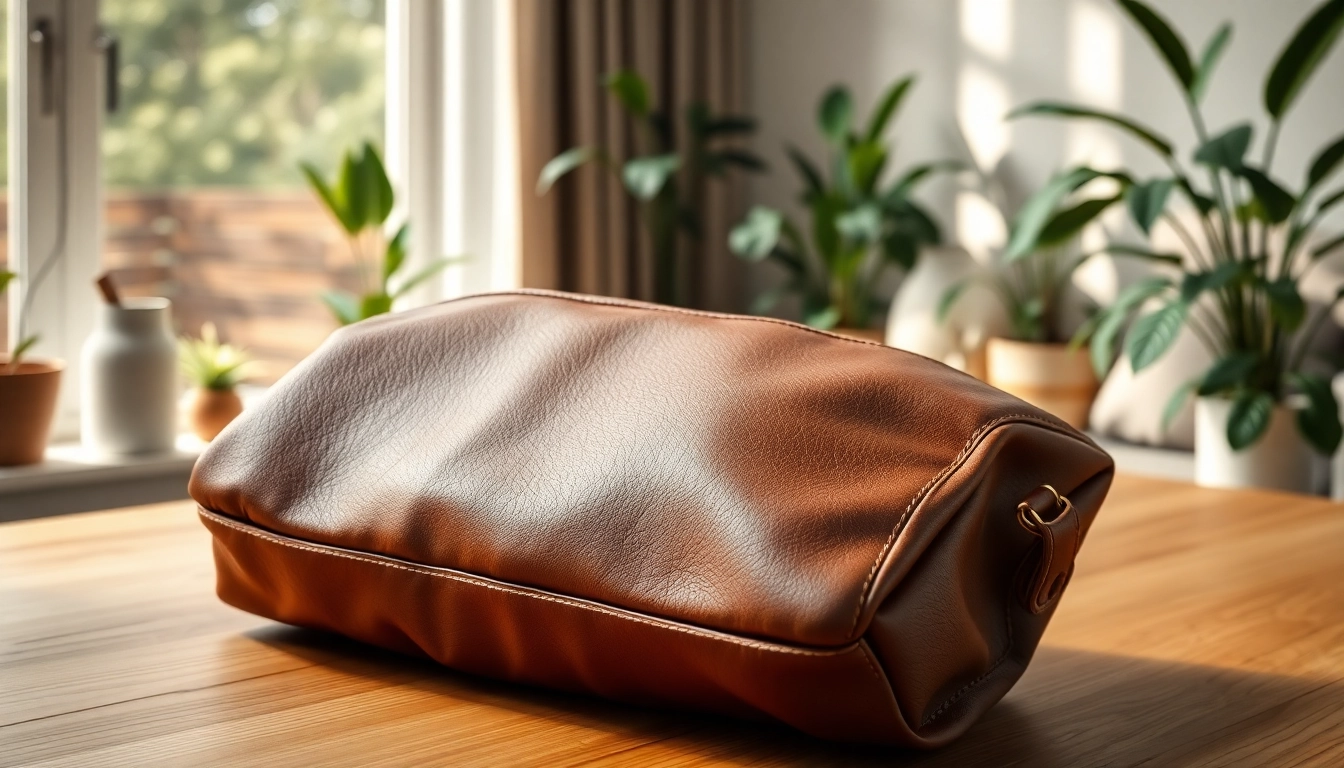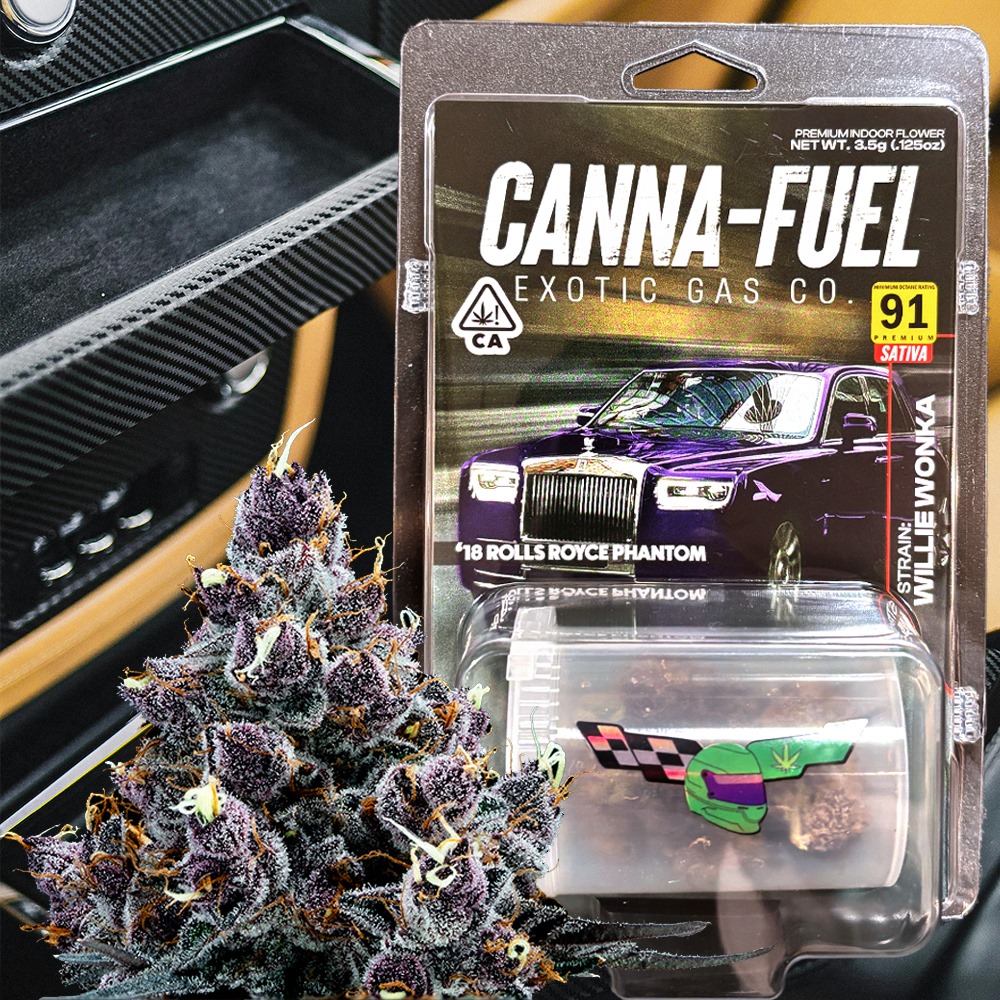The Allure of Coffee Leather: Crafting Sustainable Luxury
Understanding Coffee Leather
What is Coffee leather?
Coffee leather is an innovative and sustainable alternative to traditional leather, crafted primarily from recycling spent coffee grounds. This remarkable material not only utilizes waste creatively but also embodies the principles of sustainable fashion. The process involves transforming coffee waste, which is abundant and often discarded, into a durable material suitable for a variety of applications. As the demand for eco-friendly products rises, Coffee leather emerges as a compelling choice, appealing to environmentally conscious consumers and industry professionals alike.
Benefits of Coffee leather
The benefits of Coffee leather are vast and manifold. Primarily, it serves as an eco-friendly alternative to traditional leather by reducing waste. The coffee industry produces vast amounts of spent coffee grounds, which are typically discarded after brewing. By repurposing these materials, Coffee leather not only cuts down on waste but also lessens the environmental burden associated with conventional leather production, which often involves harmful chemicals and extensive water use.
Moreover, Coffee leather exhibits unique qualities. It is typically softer and lighter than many traditional leathers, making it comfortable for wearables and accessories. Additionally, the incorporation of coffee oils can impart natural antibacterial properties, thereby enhancing its longevity and durability. Its distinct aroma, reminiscent of freshly brewed coffee, also adds an appealing sensory element to products made from this innovative material.
How Coffee leather is made
The production process of Coffee leather is as fascinating as its end product. To create Coffee leather, coffee grounds are first collected and processed. The process generally begins with drying and pulverizing the used coffee grounds, followed by mixing them with other plant-based materials like natural rubber or organic fibers. This mixture is then combined with a binding agent, often derived from environmentally-friendly sources, to create a pliable paste.
Once the mix is prepared, it is shaped into sheets through pressing or molding. These sheets are subsequently cured and dried, ensuring that they achieve the required durability and texture. Throughout this process, manufacturers can infuse various additives to enhance characteristics such as water resistance, fire retardancy, or flexibility. The result is a robust, versatile material that can be crafted into an array of products, ranging from bags and wallets to upholstery.
Applications of Coffee Leather
Fashion and accessories using Coffee leather
The fashion industry has embraced Coffee leather enthusiastically, integrating it into a multitude of stylish accessories and clothing items. Luxury handbags, shoes, belts, and wallets can now benefit from this sustainable material, appealing to a demographic that values both style and responsibility. The adaptability of Coffee leather allows designers to experiment with different colors, textures, and finishes, resulting in unique products that stand out in the marketplace.
Additionally, numerous brands are collaborating with artisans to produce limited edition collections that highlight the craftsmanship inherent in Coffee leather products. This trend not only promotes sustainability but also empowers local artisans and stimulates economic development in their communities.
Home decor items made from Coffee leather
Beyond fashion, the versatility of Coffee leather lends itself well to home decor. Designers can create beautiful and functional items such as cushions, wall hangings, and decorative panels. The rich, earthy tones derived from coffee grounds provide a warm aesthetic that complements various interior styles, from rustic to modern chic.
Moreover, Coffee leather can be an ideal choice in sustainable home furnishings, reducing the environmental impact associated with synthetic or traditional materials. The antimicrobial properties of Coffee leather also make it suitable for items in areas where hygiene is essential, such as kitchen accessories.
Innovative uses of Coffee leather in industries
The potential applications of Coffee leather extend into various industries, including automotive, interior design, and even technology. For instance, car manufacturers are exploring Coffee leather as an alternative material for upholstery, providing vehicles with a modern touch that aligns with sustainability goals. This trend is growing as companies look to reduce their carbon footprint and appeal to eco-conscious consumers.
In technology, the unique skin-like qualities of Coffee leather can be leveraged for cases, covers, and various accessories that require flexibility and durability. As companies continue to innovate, the boundaries of what Coffee leather can achieve in different industries are only just beginning to be tested.
Comparing Coffee Leather with Traditional Leather
Environmental impacts of Coffee leather
Traditional leather production is notorious for its environmental impacts, involving extensive water usage, deforestation, and the release of pollutants from chemical tanning processes. In contrast, the production of Coffee leather utilizes a waste product, mitigating the environmental footprint. The water and energy demands for creating Coffee leather are often significantly lower than those needed for conventional leather, making it a more sustainable choice.
Furthermore, the use of recycled materials in Coffee leather manufacturing minimizes the reliance on natural resources, helping combat deforestation associated with animal grazing for conventional leather. This offers a direct path toward reducing the overall environmental impact of material sourcing and production.
Durability and maintenance of Coffee leather
When considering durability, Coffee leather can hold its own against traditional leather. Its enhanced flexibility and resistance to moisture lead to a longer lifespan for products made from it. Coffee leather’s natural oils can provide a protective barrier against wear and tear and make for easier maintenance compared to traditional leather, which often requires conditioning and special cleaning techniques.
Consumers looking for durability paired with sustainability find Coffee leather an appealing option. Its manufacturing process is designed to yield a resilient product, ensuring that items crafted from this material withstand the test of time, much like their traditional counterparts.
Cost-effectiveness of Coffee leather
While the production processes vary, Coffee leather can present a cost-effective alternative to traditional leather. The recycling of waste coffee grounds can lower material costs compared to sourcing raw animal hides. Moreover, as demand for Coffee leather increases, economies of scale can further reduce production costs. Over time, as manufacturing techniques are refined and the market for Coffee leather grows, prices may become increasingly competitive with traditional leather, making it accessible to a wider audience.
Furthermore, the longevity and lower maintenance costs associated with Coffee leather add to its overall cost-effectiveness, making it an attractive choice for consumers looking for value in sustainability.
DIY Projects with Coffee Leather
Crafting with Coffee leather: beginner tips
For those interested in crafting with Coffee leather, starting with simple projects can provide a rewarding experience. Begin by gathering basic materials: sheets of Coffee leather, tools for cutting and stitching, and any decorative elements like buttons or beads. Projects may include wallets, coin purses, or simple pouches. Start by sketching out a design and carefully measuring materials for optimal use.
When working with Coffee leather, keep in mind its unique texture. Use sharp cutting tools to achieve clean edges, and consider using a sewing machine designed for thicker materials or hand-stitching for a more personal touch. Practicing simple techniques will build confidence and skill for tackling more complex projects in the future.
Advanced techniques for Coffee leather projects
Once you have mastered the basics, there are numerous advanced techniques to explore. These may include dyeing and embossing to create custom patterns or colors. Engraving techniques can also be utilized to add personalization or unique logos on items. Additionally, consider incorporating hardware elements like zippers or magnetic closures for a professional finish.
Experimenting with layering methods or combining Coffee leather with other sustainable materials could lead to breathtaking designs, showcasing the versatility of this eco-friendly option. As you develop your skills, sharing experiences in crafting communities or online platforms can provide valuable feedback and inspiration.
Resources for sourcing Coffee leather
For artisans and DIY enthusiasts, sourcing high-quality Coffee leather is crucial. Available resources include specialty fabric shops, both online and in local markets, that focus on sustainable or innovative materials. Networking with other crafters or joining eco-friendly crafting groups can also lead to recommendations for reliable suppliers.
Many manufacturers now highlight their sourcing practices, informing consumers of the sustainability of their materials. When selecting Coffee leather, consideration of its origin can offer assurance of quality and ethical practices. Engaging with the sustainability community can further enhance your knowledge and network for sourcing innovative materials.
Future of Coffee Leather
Trends in sustainability and Coffee leather
The growing awareness around sustainability is propelling the future of Coffee leather towards exciting developments. As more consumers advocate for ethical shopping, brands are compelled to innovate and provide eco-friendly alternatives to conventional materials. Coffee leather exemplifies this shift, positioning itself as a staple in the sustainable movement.
Upcoming trends indicate that the demand for sustainable products will only escalate, resulting in increased investment in technologies that can enhance the properties and applications of Coffee leather. From innovative dying techniques to transport packaging, the potential for Coffee leather expands endlessly as sustainability becomes central in various industries.
Community initiatives promoting Coffee leather
Community-driven initiatives are vital to the expansion and acceptance of Coffee leather. Many grassroots movements are focused on educating consumers about sustainable fashion and hosting workshops that demonstrate crafting techniques using Coffee leather. These initiatives build awareness, encouraging consumers to choose eco-friendly products and support local artisans.
Collaborations between designers and community craftsmen not only help spread awareness but also provide economic support to local economies. As participation grows, Coffee leather is likely to gain further recognition as a viable sustainable alternative, rewarding those involved with lasting change in how consumers perceive leather.
Challenges and opportunities for Coffee leather
While the prospects for Coffee leather are bright, certain challenges remain. The need for standardization in production processes and quality control is essential to ensure that Coffee leather products meet consumer expectations. Furthermore, raising awareness among consumers about the benefits and uses of Coffee leather will be crucial in overcoming skepticism and promoting broader acceptance.
However, with these challenges come remarkable opportunities. Advancements in technology and manufacturing processes can facilitate the creation of Coffee leather products that rival traditional leather in quality. As consumer interest in sustainable materials grows, there will be abundant avenues for innovation, collaboration, and new market entries focused on Coffee leather. The potential for a sustainable future through the lens of Coffee leather is promising and dynamic.














Post Comment